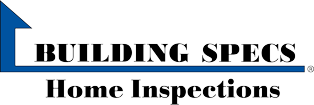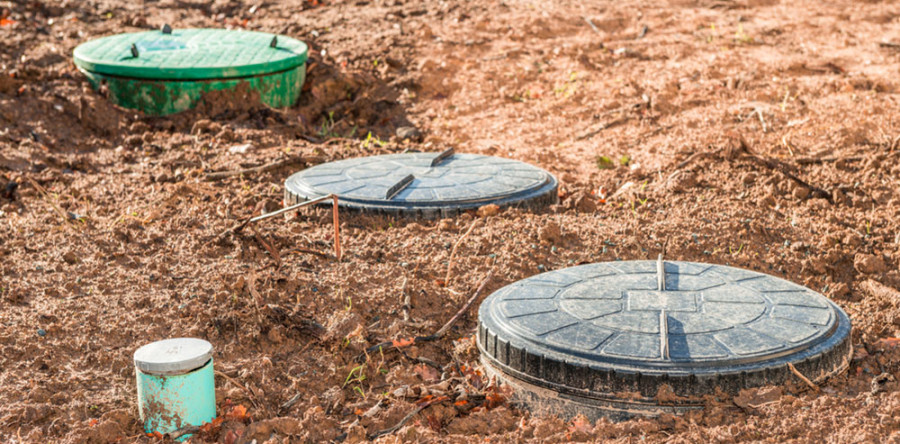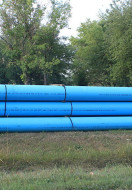Building Specs Home Inspections believes that regular preventative maintenance instead of reactive maintenance is the best approach for septic tanks. Preventative measures may include some of the following based on the type of system:
- 1.Pump out any excessive sludge and scum levels in the septic tank on a routine basis (every 3-5 years depending on household). The system should be opened when possible to ensure a thorough pumping. Pumping through a riser may only remove the liquid and not the sludge, solids or scum.
- 2.Discontinue the use of garbage disposals
- 3.Do not introduce paints, motor oil, pesticides, fertilizers, household cleaners or disinfectants into your septic system. They can pass directly through the septic system and contaminate groundwater. These chemicals can also kill the microorganisms which decompose wastes and can damage the soil in the drainfield.
- 4.Do not use your septic system for runoff from gutters, sump pump discharges or landscaping drainage
- 5.Use a low ground cover with a non aggressive root system
- 6.Avoid vehicle traffic over the septic tank and drainfield.
- 7.Don't put driveways, decks or permanent structures over drainfields or septic tanks.
- 8.Remove all trees from the drainfield and over the tank area to avoid tree root problems.
- 9.Do not flush non-biodegradable materials such as plastics, disposable diapers, sanitary napkins, tampons or dental floss
- 10.Do not pour grease or cooking oils down the sink drain because they solidify and clog the soil absorption field.
- 11.Do not use caustic drain openers for a clogged drain. Instead use boiling water or a drain snake to free up clogs. Clean your toilet, sinks, shower and tubs with a mild detergent or baking soda rather than the stronger and potentially system-damaging commercial bathroom cleansers.
- 12.If a water softener is used in the home, the salt recharge solution should not be allowed to enter the system if the predominant soils in the drainfield are very fine textured and drainage is very slow. In these situations, sodium in the softener recharge solution may damage soil structure in the drainfield and plug the system. If you have a water softener, the size of the absorption field must be increased to accommodate the additional flow.
- 13.Use water-saving shower heads and faucet aerators.
- 14.Install low-flow toilets.
- 15.Repair all dripping or leaking plumbing fixtures
- 16.Use front load washers to minimize water consumption







